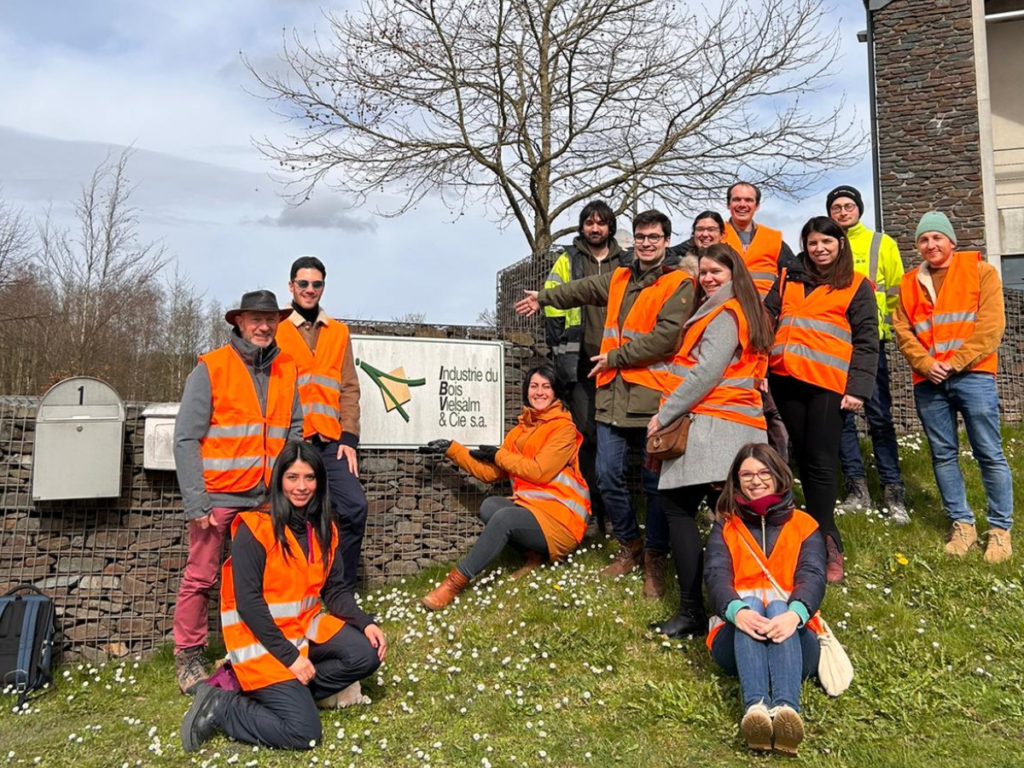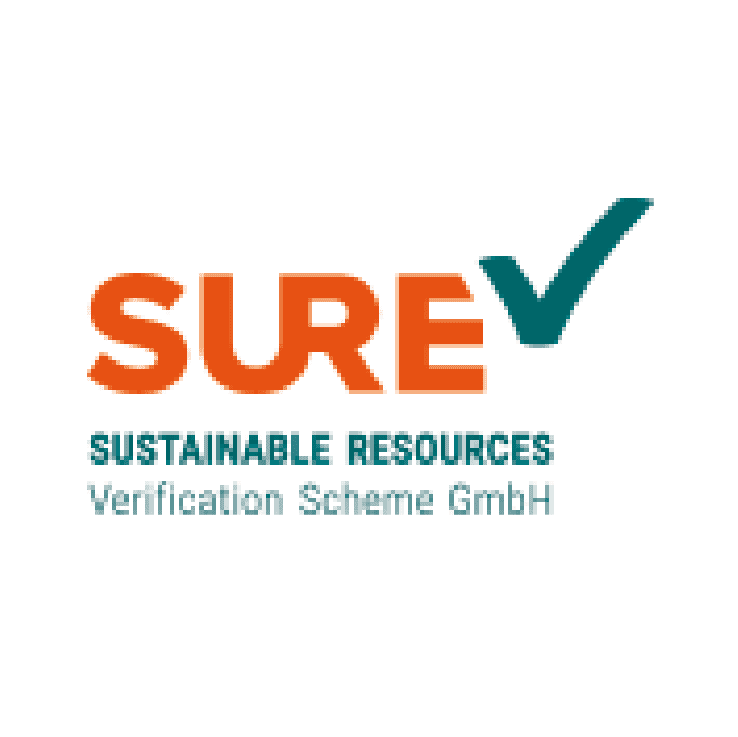
IBV’s sawmill, a perfect example of bioenergy’s role in the circular economy

On 26 March the Bioenergy Europe and ENplus® teams visited IBV’s sawmill in Vielsalm, Belgium. The facility stands out for its innovative approach to sustainability. It transforms by-products of wood processing into ENplus® certified wood pellets, while its biomass boilers and solar panels produce more energy than the site consumes. This strategy not only emphasizes the importance of waste reduction but also showcases the effective use of renewable energy sources.
IBV’s sawmill in Vielsalm, Belgium – Tuesday 26th March
IBV’s sawmill specializes in the production of wood products derived primarily from softwood, with a focus on spruce harvested from sustainably managed forests within a 300-km radius of the facility. This practice of locally sourcing wood not only minimizes transportation-related emissions but also plays a crucial role in supporting the local economy. Additionally, IBV stands as a cornerstone of employment in this Belgian countryside region, providing jobs for 260 individuals directly at the site.
Last year the mill’s production volume was of 650,000 m3 of round wood. From this production, 42% was main product/center pieces, 15% lateral boards, 29 % wood chips and 14% of sawdust. This is because not all parts of the tree can be used for the first two, therefore to not throw away the woodchips and sawdust, they are used to produce wood pellets, many of which are ENplus® certified.
The site has two cogeneration biomass boilers that use bark, B-category waste wood, and screen overflow from compost facilities to produce heating and electricity. In total, the boilers produce 70MW of heat and 25MW of electricity. Together with a solar panel installation, they cover the plant’s energy needs and even produce extra electricity that they sell to the grid.
By using the leftover parts of the trees after producing the main product/center pieces, such as wood beams for construction, or as lateral boards, to produce pellets and cover the sawmill’s energy needs, IBV not only avoids waste but also emissions by using renewable energy. This is a perfect example of circular economy.
Related Posts
No related photos.




